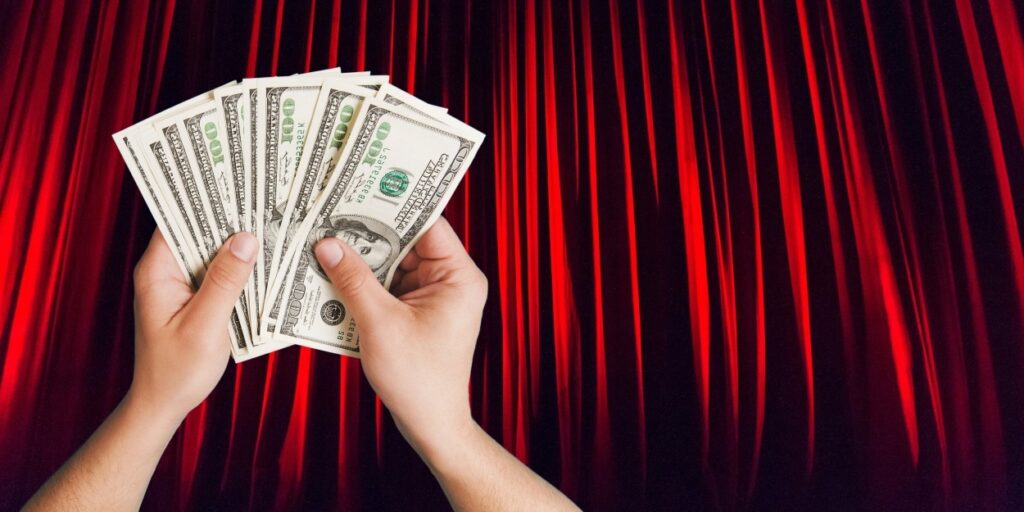Since I started working in the business of Broadway, I keep finding my way back to the same ol’ stat.
1 out of 5 shows recoup their investment (or 20%).
That’s what they told me in 1993. That’s what I hear they were telling people in 1983. And that’s what I used as the basis for this book.
But what about TODAY? Certainly, this percentage has changed over the last few years, especially because of the rise of premium pricing, and the record-breaking box office numbers we’ve been touting with trumpets.
I was curious, so I dug into the data again, and took a look at all of the musicals (we left out the plays this time around) that have opened in the last five years to determine how many have recouped and how many have not.
What did we find?
Drumroll, please . . .
The percentage of Broadway musicals that have recouped in the last half decade is . . . 20.45%.
Remarkable, isn’t it? The number is the same dang number it has always been.
It’s like Pareto’s Principle . . . just always comes out that way (It may be more closely related to Pareto than we think . . . because it is literally 80/20).
What’s comforting about that consistency is that it’s . . . well . . . consistent. So as we continue to create economic models for our shows and our business, we pretty much know what we’re working with. And for those in the Broadway Investing game, who are looking to learn not only how to invest, but how to improve their success rate, they can be confident that they know the odds . . . and can make more intelligent bets (just like the great stock pickers, horse handicappers, and poker players).
What’s not comforting about this consistency (you knew this was coming, didn’t you), is that it has NOT improved over the last decade. In a period when grosses have increased by 34% (!), profitability has not.
Imagine that for any other industry or business. If you had a store selling t-shirts, and your sales had that kind of double-digit increase in that limited time, you’d be buying your own private island by now.
But not Broadway.
Why?
Two reasons:
- Our costs have increased tremendously over the same period. As grosses have gone up, so have our expenses. Advertising, theater rent, technology, more staff, etc, It all adds up. It costs more to put on a show than it did a decade ago. A lot more.
- The bulk of that double-digit gross increase is in the big fat blockbusters (The Hamiltons, Lion Kings, etc.). So those shows may be more profitable, but the shows in the middle of the market, aren’t getting to the black. And the shows at the low end of the market, are losing more than they used to.
While I’ve always been fighting for ways to increase the number of shows that recoup across our industry, the consistency of this 20% may very well be a law of theatrical nature that we can’t change (and I’ll just have to make sure my own portfolio of shows beat the market – and so far we are doing better than 20%).
Instead of increasing the 20%, we may need to turn our efforts to making sure this 20% doesn’t go the other direction. See, with booming grosses that grab all the headlines, comes more folks with their hands out.
But as you can see in the recoupment rate of the last ten years, just because we’re making more, doesn’t mean we’re making more. And we need to make sure everyone, from agents to investors, understand that.
Now . . . what shows are making up that XX% in the last ten years? Well, that’s where it really gets interesting, and may just help you pick a winner.
But we’ll save that for Part II, next week.
– – – – –
Interested in learning more about recoupment rates and how Broadway Investing works? Read the only book ever written on the subject. Check out Broadway Investing 101 here.


